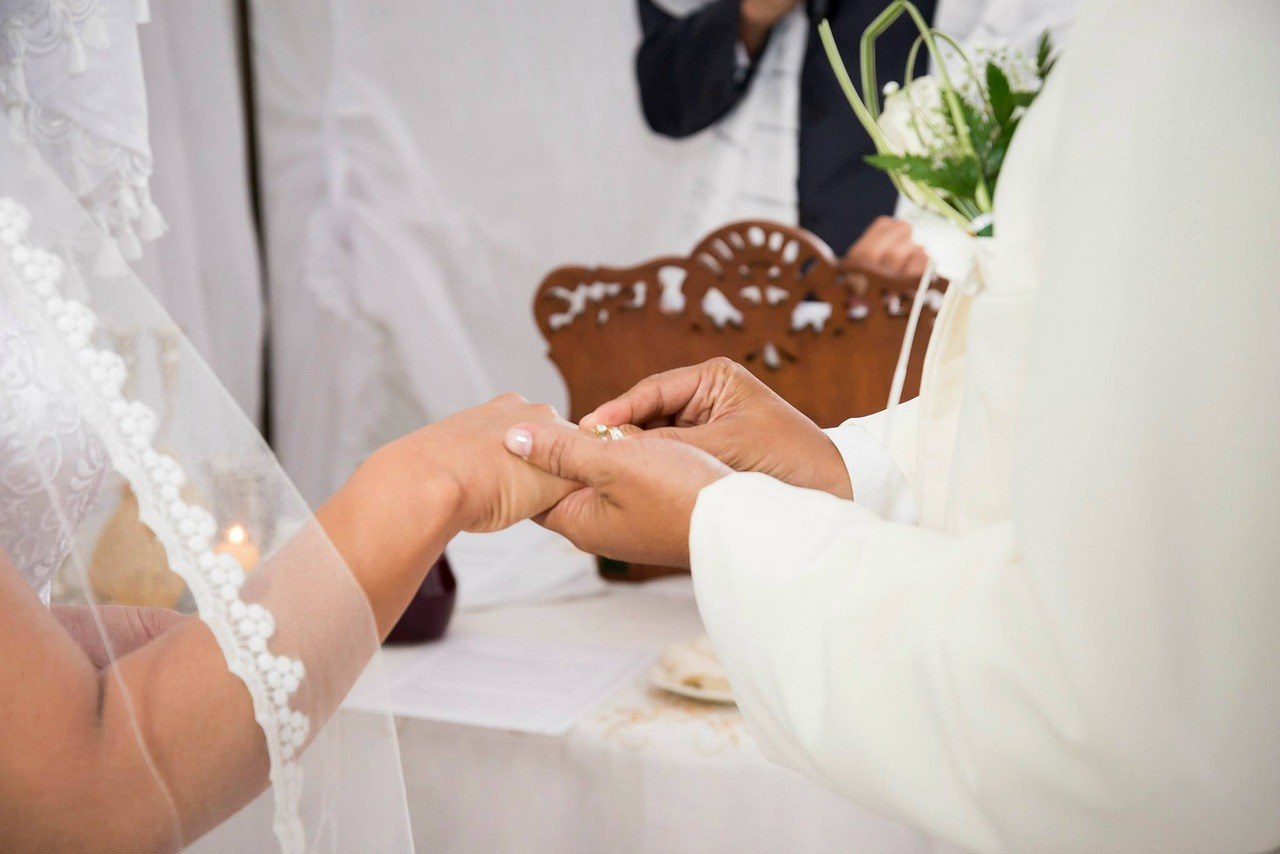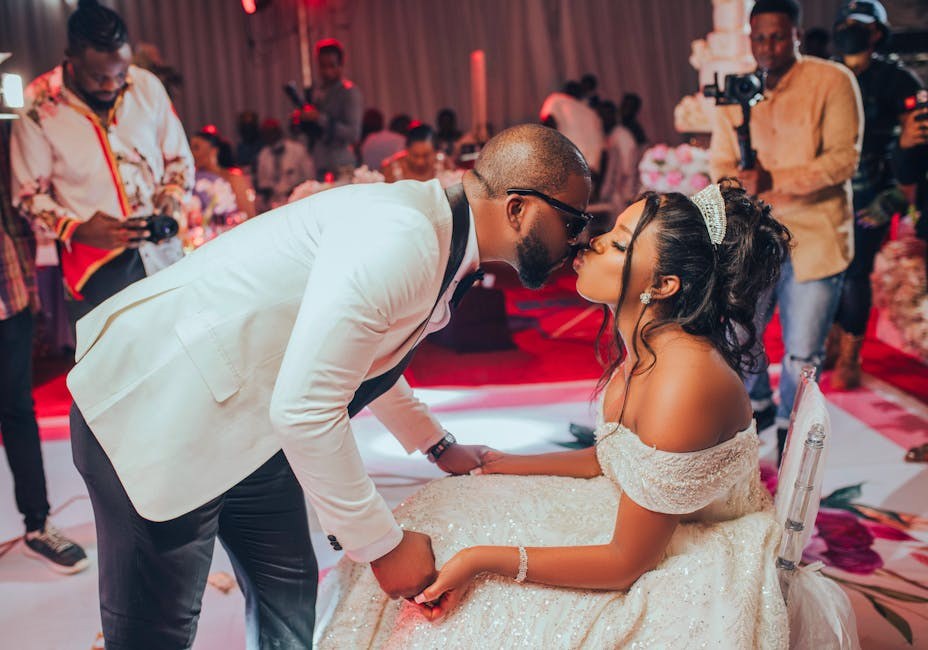You’re partnered, your vows or promises are real, and your calendar is full of couple plans – and yet a spark for someone else flares up. If that sounds unsettling, you’re not alone. Quietly having a crush while you’re committed can feel like a contradiction, as if affection for your partner and curiosity about another person cannot coexist. But human attention doesn’t shut down when a relationship begins; it refocuses. The challenge is not erasing your reaction – it’s learning what it means, where the boundaries sit, and how to act with care so you don’t undermine what you already value.
Why noticing someone new doesn’t automatically spell trouble
Attraction works like weather – shifting, sometimes sudden, rarely under full conscious control. That’s why having a crush often arrives uninvited. You’re going about your life and someone’s humor, competence, or kindness catches your eye. The jolt can feel energizing, as if a dimmer switch turned brighter. None of that, by itself, equals betrayal. Noticing isn’t the same as pursuing, and interest isn’t the same as investment.
What matters is the next chapter. You can register the feeling and let it pass through – or you can feed it with repeated fantasy, extra one-on-one time, and secrecy. The first path treats having a crush as a normal human glitch in the system; the second path builds a parallel story that competes with your relationship. In other words, the presence of a feeling is not the problem – the pattern you build around it is.

Many couples discover that acknowledging the reality of attraction elsewhere reduces shame and paradoxically strengthens trust. It demystifies the experience. Partners who accept that having a crush can happen don’t live in fear of it; they establish how to behave when it does. That clarity becomes a guardrail when temptation surfaces – not a permission slip, but a map.
Does a crush mean you’re dissatisfied with your partner?
Sometimes yes, sometimes no. The human brain is novelty-seeking; even the healthiest long-term connection settles into familiar rhythms. In that steady place, having a crush can feel like a shot of espresso – an acute contrast to predictable comfort. The sensation of possibility can be intoxicating because it lacks chores, conflicts, and shared spreadsheets. But don’t confuse the absence of history with proof of compatibility. You’re comparing a highlight reel to a full documentary.
That said, a persistent fixation deserves curiosity. If your attention clings to the new person because they mirror passions your partner doesn’t share – say, creative work or outdoor adventures – the crush might be spotlighting needs you’ve muted. That doesn’t mean the remedy is pursuit. It means your current relationship could benefit from renegotiation: more quality time, fresh shared activities, or honest conversations about emotional, sexual, or intellectual connection. Treat having a crush as data pointing toward unmet needs, not a verdict against your partner.

Where the line lives – and how you’ll know you’ve crossed it
Picture this test: when something big happens, whose number do you dial first – your partner’s or the person who makes your stomach flutter? If your instinct is to contact the latter, the emotional center of gravity has tilted. Having a crush becomes risky when it reroutes significant disclosure, comfort, and celebration away from your partner. That shift often precedes physical intimacy and can be just as destabilizing.
Other signs that boundaries eroding: you curate your schedule to create “accidental” overlap; you conceal or sanitize interactions; you build inside jokes you wouldn’t repeat at home; you mentally revise your partner’s traits downward so the crush looks shinier by comparison. When secrecy appears, integrity disappears. If you must hide the contact, the contact is already too intimate.
A practical playbook for handling attraction without harming your bond
You can’t will a feeling away, but you can shape your behavior. Here’s a structured, humane approach that respects your commitment while acknowledging reality.

Name it, then normalize it. Privately label what’s happening – you’re having a crush . That language softens panic and invites thoughtful choices. Remind yourself that attention wanders; that truth doesn’t define your character, your love, or your promises.
Skip the one-on-one. Agreeing to casual coffee, a late-night walk, or “just us” brainstorming sessions multiplies chemistry by proximity. Group settings are safer; professional contexts stay professional. Protect the frame, and the frame will protect you.
Dial down frequency and intensity. Limit optional contact. Don’t hover at the coffee machine hoping for a sighting. If work requires collaboration, keep it purposeful and time-bound. Treat every extra minute as fuel you don’t need to pour on a flame.
Keep your tone neutral. Friendly is fine; flirtatious isn’t. Compliments about skill or outcomes beat comments about appearance. The more ordinary your tone, the faster your nervous system settles – making having a crush easier to ride out.
Don’t nurture a private channel. Direct messages, clever emoji, and late-night texts feel minor – until they’re not. Private threads are intimacy accelerators. If a message would look odd on a shared screen, don’t send it. End the thread early, kindly, and clearly.
Guard your disclosures. Sharing the hard parts of your relationship creates a bond too strong for a crush to carry. Venting about your partner can transform a spark into a shelter. Discuss your struggles with trusted friends, a counselor, or with your partner – not with the person who tempts you.
Don’t play with fire – even a little. Temptation thrives on almosts: almost a touch, almost a kiss, almost an admission. Each “almost” lowers the next barrier. Remind yourself that having a crush is not a license to gamble with something you’ve invested time and care to build.
Create space on purpose. If you share social circles, exit earlier than usual or vary your routine. With alcohol in the mix, inhibitions dip and scripts loosen. Distance is not drama; it’s good prevention. Fewer exposures make de-escalation easier.
State your boundary if needed. If the other person leans in, say plainly that you’re committed and won’t cross lines. No winks, no half-jokes. Sincerity closes the door kindly. Clarity helps both of you step back without confusion.
Prune your feed. “Out of sight, out of mind” is clichéd because it’s true. Mute, unfollow, or hide stories for a while. Infinite scroll is a craving machine – and having a crush grows when the algorithm keeps serving their face during your most bored minutes.
Redirect the energy somewhere useful. Crush energy is creative energy. Channel it into your partnership: plan a date with novelty, reignite physical connection, or revive a shared hobby. Or invest the buzz into personal goals – fitness, art, or learning – so the surplus doesn’t pool around the temptation.
Reality-check the fantasy. Ask yourself, “What’s the actual point?” If the honest answer is a brief thrill, name the price tag – secrecy, guilt, fallout. Fantasies omit chores, mood swings, and deadlines; real life adds them back. Let that awareness take some shine off the daydream.
See it as a message, not a mandate. Consider what the attraction might be telling you about needs you’ve downplayed – more playfulness, admiration, or adventure. Use that intel to adjust your relationship agreements. Having a crush can be a signal that sparks repair rather than rupture.
Loop in someone wise – maybe your partner. If your impulses feel unmanageable, confide in a grounded friend, mentor, or therapist. Depending on your dynamic, you might choose to tell your partner. That conversation should serve the relationship, not just soothe your guilt. Share in a way that is kind, specific, and focused on the boundary you’re keeping.
What to consider before telling your partner
Disclosure isn’t one-size-fits-all. For some couples, candidly naming having a crush lowers anxiety and opens productive dialogue about boundaries. For others, it inflicts unnecessary hurt and creates a fixation where there wasn’t one. Before you speak, check your motive: are you seeking relief from guilt, angling for permission, or inviting teamwork around a challenge? The first two are self-serving; the last can be bonding.
If you do share, emphasize what you’re doing to safeguard the relationship: limiting contact, declining solo hangouts, and refocusing on the partnership. Be concrete – vagueness makes the story feel larger than it is. And be ready to listen. Your partner may need reassurance, renegotiated expectations, or time to process. The point is to collaborate on how both of you will keep your connection central.
Is your attention elsewhere quietly draining your relationship?
The most expensive cost of having a crush is attention. It diverts imagination, time, and emotional oxygen. If you’re spending commutes crafting conversations, scanning rooms for a glimpse, or refreshing feeds for a digital hit, you’re under-investing at home. Relationships flourish where focus flows. If the crush is siphoning energy from the projects that matter – intimacy, trust, shared goals – treat that as a prompt to reallocate. Your promises deserve more than leftovers.
Ask yourself practical questions: Has quality time with your partner shrunk? Are you quicker to criticize them because comparison is in your head? Have small resentments multiplied since the new intrigue appeared? These are dashboard lights. Respond by scheduling connection on purpose, expressing appreciation aloud, and repairing ruptures quickly. When the home base feels tended, the pull of the side story loses power.
Turning the spotlight back to your partnership
Attraction thrives in novelty – so create some. Plan something neither of you has tried: a cooking class, a sunrise hike, a dance lesson, an at-home tasting night. Playfulness is glue. If physical intimacy has gone dim, talk about it directly and kindly. Desire doesn’t return on command, but it often returns with context: time, curiosity, and a willingness to explore without pressure. When you invest here, having a crush fades into background noise rather than blaring through your days.
Equally important is admiration. People often chase crushes not just for chemistry but for how they feel in the mirror – capable, witty, seen. Make admiration mutual again at home. Trade genuine compliments about effort and character. Share progress on personal goals. Celebrate each other’s wins, however small. That reciprocity feeds the ego needs that a crush temporarily satisfies, but it does so inside the relationship you chose.
If you work together – special considerations
Workplace proximity compresses boundaries. Deadlines, problem-solving, and after-hours pushes can generate intimacy quickly. If you are having a crush on a colleague, be especially deliberate. Put meetings on the calendar with clear agendas and durations. Keep doors open when possible. Redirect nonessential chats into group channels. Decline “debrief” drinks that extend into the night. Professionalism isn’t cold – it’s protective. It keeps your work clean and your home life intact.
Also audit power dynamics. If there is a senior-junior divide or you have influence over opportunities, ethics intensify. What feels like mutual flirtation can entangle careers and reputations. Your wisest move could be to increase distance, request different team assignments, or disclose to HR as policy requires. In these settings, the cost of indulging having a crush multiplies well beyond emotion.
Social media – the accelerator you can actually control
Algorithms learn your appetite fast. View a couple of posts and your feed becomes a shrine. That’s why a simple choice – mute, unfollow, or set time limits – pays big dividends. Reduce the triggers, and your craving cycle shortens. When you notice your thumb hunting for their icon, pause. Ask what you actually need in that moment: rest, stimulation, connection with your partner, or a small break from stress. Replace the scroll with a healthier action and watch how having a crush loosens its grip.
When setting them up with someone else makes sense – and when it doesn’t
Sometimes people imagine playing matchmaker as an exit strategy. If the idea genuinely serves your friend, is welcomed by your crush, and helps you step back, fine. But do a gut check: are you engineering closeness under a different pretext? If seeing them with someone you know would sting – or keep them close to your social orbit – you’re not solving anything. The goal is peace, not proximity.
How to talk to yourself when the butterflies show up
Self-talk shapes self-control. When the rush hits, try messages like: “This is a feeling, not an instruction,” “I can enjoy the spark without feeding it,” and “I protect what I love by how I behave now.” These lines re-anchor you to your values. Over time, the nervous system learns that having a crush is survivable without drama. The butterflies still flutter – they just don’t steer the car.
A kinder ending to a loud beginning
Here is the honest bottom line: you can let the thrill pass through without letting it pass over your boundaries. Protecting your promises doesn’t require denying your humanity; it asks for thoughtful choices, a bit of distance, and steadiness when curiosity spikes. When you treat having a crush as weather – notable, temporary, manageable – you spare yourself the mess of secrecy and the grief of avoidable fallout. You keep faith with your partner and with the person you hope to be when the spark fades and ordinary life resumes.